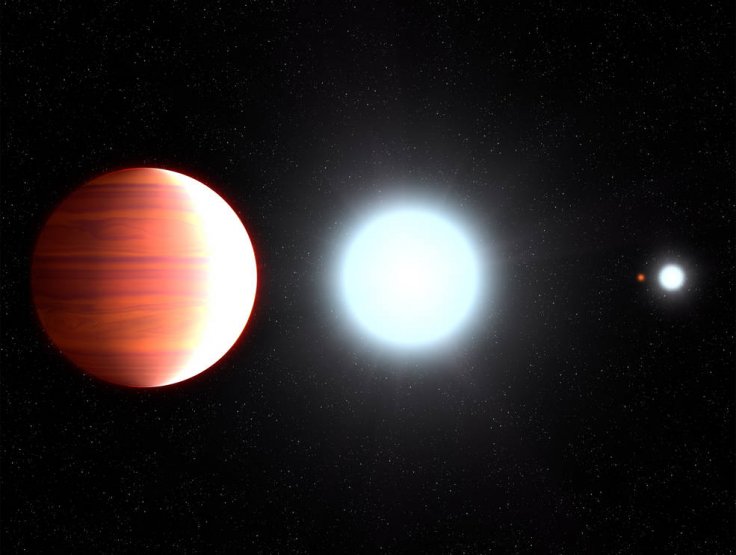A team of researchers was able to uncover a white dwarf star that's consuming the energy and life force of a neighboring stellar object. They detected the vampire star after it emitted a powerful outburst. The researchers were able to observe the star using the data collected by NASA's Kepler space telescope, which was launched to track exoplanets.
According to NASA, the vampire star belongs to a binary star system that consists of a white dwarf and a smaller brown dwarf. The findings of the researchers were presented in a study published in the Monthly Notices of the Royal Astronomical Society.
![[BHB2007] 11 [BHB2007] 11](https://data.ibtimes.sg/en/full/28373/bhb2007-11.jpg?w=700)
Devouring A Neighboring Star's Energy
According to NASA, the brown dwarf orbits the white dwarf from a distance equivalent to that between the Earth and the Moon. Although this may seem like a far distance, it's close enough for the white dwarf to strip away the essence of its smaller companion. Like a vampire, NASA noted that the white dwarf is slowly sucking the life and energy of the brown dwarf.
"The brown dwarf circles the white dwarf star every 83 minutes at a distance of only 250,000 miles (400,000 km) – about the distance from Earth to the Moon," NASA explained in a statement. "They are so close that the white dwarf's strong gravity strips material from the brown dwarf, sucking its essence away like a vampire."

Vampire Star's Powerful Outburst
The material being stripped from the brown dwarf forms a massive disk-like structure as it spirals toward the white dwarf. This stellar structure is known as an accretion disk. According to a group of researchers who used Kepler's data to study the vampire star system, the accretion disk forming around the white dwarf may have triggered a super-outburst. The researchers explained the accretion disk might have reached a tipping point that resulted in a bright emission.
As cosmic materials accumulate in the disk, it grows to the point that it gets affected by the gravitational force of the brown star. This could cause the disk to become superheated, which could then result in a powerful outburst. According to lead-researcher Ryan Ridden-Harper of the Space Telescope Science Institute, this super-outburst allowed Kepler to detect the vampire star system.
"In a sense, we discovered this system accidentally. We weren't specifically looking for a super-outburst. We were looking for any sort of transient," he said in a statement.








